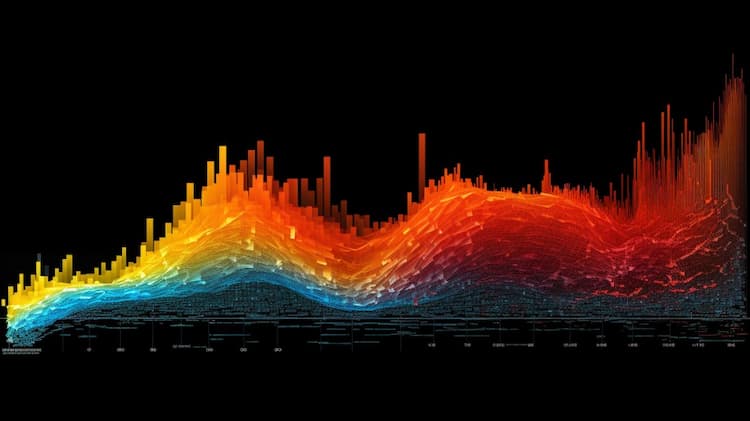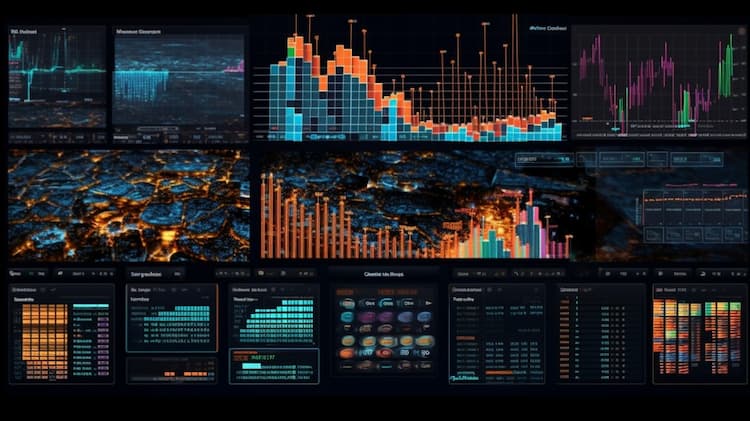
What are the Best Asian ETFs to Invest in
When it comes to investing in Asian markets, exchange-traded funds (ETFs) can provide an efficient way to gain exposure to the region's diverse economies and industries. One of the top choices for investors seeking diversified exposure to Asian markets is the iShares MSCI All Country Asia ex Japan ETF (AAXJ). This ETF aims to track the performance of the MSCI All Country Asia ex Japan Index, which includes large and mid-cap stocks from countries such as China, South Korea, Taiwan, and India. AAXJ offers investors access to a wide range of Asian companies across multiple sectors, making it a popular choice for those looking for broad exposure to the region.
Compared to similar ETFs, such as the Vanguard FTSE Pacific ETF (VPL) and the SPDR S&P Emerging Asia Pacific ETF (GMF), AAXJ has a more extensive coverage of Asian markets. While VPL focuses primarily on developed markets in the Asia-Pacific region, and GMF specifically targets emerging markets in the Asia-Pacific region, AAXJ combines both developed and emerging markets, providing investors with a comprehensive approach to investing in Asian equities.
Best Asian ETFs for Technology Sector Exposure
The technology sector has been a significant driver of economic growth in Asia, particularly in countries like China and South Korea. For investors looking to capitalize on this trend, the KraneShares CSI China Internet ETF (KWEB) is a compelling option. KWEB seeks to track the performance of the CSI Overseas China Internet Index, which includes Chinese internet and internet-related companies listed in Hong Kong and the United States. This ETF offers exposure to industry giants like Alibaba, Tencent, and JD.com, among others. With the rapid expansion of the digital economy in China, KWEB provides investors with an opportunity to tap into the country's thriving tech sector.
In comparison, the Invesco BLDRS Asia 50 ADR Index Fund (ADRA) and the Global X MSCI China Financials ETF (CHIX) focus on different sectors within the Asian markets. ADRA tracks the performance of the Bank of New York Mellon Asia 50 ADR Index, which includes the 50 most liquid depositary receipts from Asia ex-Japan. It offers broader exposure across sectors, including technology, financials, and consumer goods. On the other hand, CHIX concentrates specifically on Chinese financial companies, providing investors with targeted exposure to this sector within the Asian markets.
Best Asian ETFs for Emerging Market Exposure
Investors seeking exposure to the fast-growing economies of emerging Asian markets may find the iShares MSCI Emerging Markets Asia ETF (EEMA) appealing. EEMA aims to track the performance of the MSCI Emerging Markets Asia Index, which includes companies from countries like China, South Korea, Taiwan, India, and many more. This ETF offers a diversified approach to investing in emerging Asian economies and provides exposure to various sectors, including technology, consumer discretionary, and financials.
In comparison, the Xtrackers Harvest CSI 300 China A-Shares ETF (ASHR) focuses specifically on Chinese A-shares, which are stocks of mainland Chinese companies listed on the Shanghai and Shenzhen stock exchanges. ASHR aims to replicate the performance of the CSI 300 Index, providing investors with direct exposure to China's domestic market. While EEMA covers a broader range of emerging Asian markets, ASHR offers a concentrated exposure to the Chinese A-share market.
 VPL,GMF,ADRA,CHIX,ASHR,EEMA overlap What are the Best Asian ETFs to Invest in?
VPL,GMF,ADRA,CHIX,ASHR,EEMA overlap What are the Best Asian ETFs to Invest in?
Best Asian ETFs for Dividend Income
Investors seeking income from their Asian investments may consider the WisdomTree Asia ex-Japan Dividend Fund (AXJL). AXJL tracks the performance of the WisdomTree Asia ex-Japan Dividend Index, which consists of high dividend-yielding stocks from Asian countries, excluding Japan. This ETF offers exposure to a diversified portfolio of dividend-paying companies across sectors and countries in Asia.
Compared to the iShares Asia 50 ETF (AIA) and the SPDR S&P Emerging Asia Pacific ETF (GMF), AXJL specifically targets dividend-paying stocks in the Asian markets. AIA seeks to track the performance of the S&P Asia 50 Index, which includes 50 of the largest and most liquid stocks in the Asia-Pacific region, while GMF focuses on emerging markets in the Asia-Pacific region. Investors looking for potential dividend income from Asian stocks may find AXJL a suitable choice.
Conclusion
When it comes to investing in Asian markets, ETFs can provide a convenient way to gain exposure to the region's diverse economies and sectors. The iShares MSCI All Country Asia ex Japan ETF (AAXJ) stands out as a top choice for investors seeking broad and diversified exposure to Asian markets. For those interested in specific sectors or emerging markets, there are ETFs like the KraneShares CSI China Internet ETF (KWEB), iShares MSCI Emerging Markets Asia ETF (EEMA), and WisdomTree Asia ex-Japan Dividend Fund (AXJL) that offer targeted exposure to technology, emerging markets, and dividend income, respectively.
Disclaimer: This article is for informational purposes only and does not provide any investment advisory services. The choice of ETFs mentioned in this article is for illustrative purposes and should not be considered as a recommendation to buy or sell any specific securities. Investors should conduct their own research and consult with a financial advisor before making any investment decisions.
Sources:
iShares MSCI All Country Asia ex Japan ETF (AAXJ):
iShares MSCI Emerging Markets Asia ETF (EEMA):
KraneShares CSI China Internet ETF (KWEB):
WisdomTree Asia ex-Japan Dividend Fund (AXJL):
Investopedia article on ETFs:
FAQ
What is the MCHI ETF?
The MCHI ETF, also known as the iShares MSCI China ETF, is an exchange-traded fund that provides investors with exposure to Chinese equities.
What is the underlying index that the MCHI ETF aims to track?
The MCHI ETF aims to track the performance of the MSCI China Index, which represents a broad range of large and mid-cap Chinese stocks.
What types of companies are included in the MCHI ETF?
The MCHI ETF includes companies from various sectors, such as technology, financials, consumer goods, healthcare, and more, providing diversification within the Chinese market.
How does the MCHI ETF work?
The MCHI ETF operates by pooling investors' money to purchase a portfolio of securities that mirrors the performance of the underlying index, allowing investors to gain exposure to a diversified basket of Chinese stocks.
What are the advantages of investing in the MCHI ETF?
Investing in the MCHI ETF offers diversification across a broad range of Chinese companies, simplifies access to the Chinese market, provides liquidity, and allows for potential long-term growth opportunities.
How can I invest in the MCHI ETF?
To invest in the MCHI ETF, you can open an account with a brokerage firm that offers access to ETFs, such as an online brokerage account. Then, you can buy shares of the MCHI ETF through the stock market using the ticker symbol MCHI.
What are the best Asian ETFs?
The best Asian ETFs can vary depending on individual investment goals and preferences. However, here are some popular Asian ETFs that investors may consider:
























